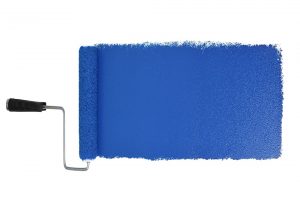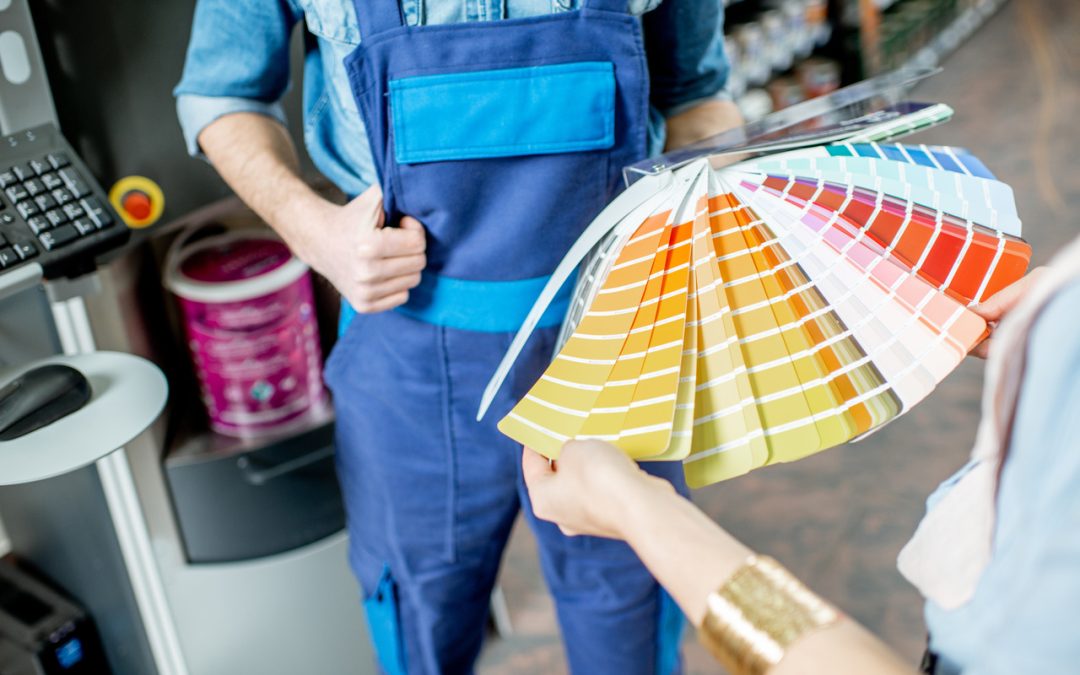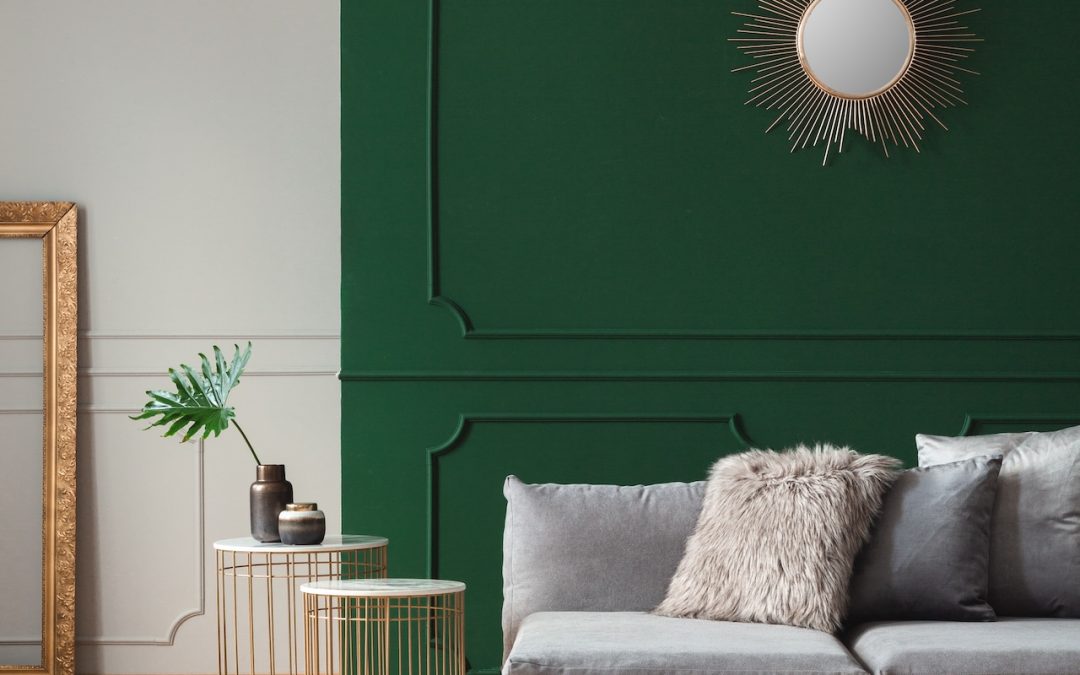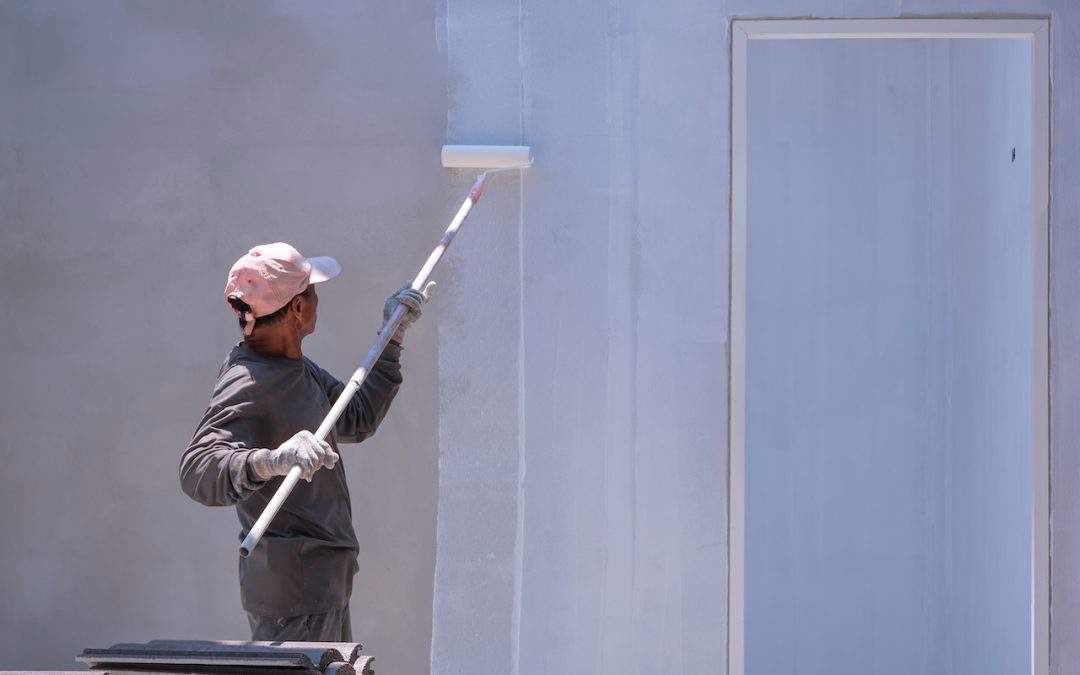When you go to the trouble of painting a bedroom, bathroom, or office in your house, you want the finished product to look its absolute best. One factor that is often overlooked, however, is how humidity affects your paint job. Painting in high humidity impacts how well paint adheres to the wall surface and how the walls will look for years to come.
Painting in High and Low Relative Humidity
In all climates there are varying degrees of water vapor in the air. In the northeast and southern portions of the country, there is a greater amount of water vapor creating wet, humid air. These places are considered to have “high relative” humidity. As you move west and south across the country, there is less water vapor in the air, and “low relative” humidity.
Because paint is wet and needs to dry, you would think that painting in an area of low relative humidity is best because paint will dry faster and you can finish the project in less time. But in dry climates, without a climate-specific paint, the dry air will actually absorb small particles of moisture from the paint. This will impact the blend of color and additives in the paint, and may mute the finish and color slightly.
In dry climates of low relative humidity, wall surfaces are actually more porous than wall surfaces in areas of high relative humidity. Walls in dry climates have thousands of tiny pores with openings thirsty for moisture, especially paint. When you paint these surfaces, you can almost see the paint soaking into the wall. One consequence of painting with a generic paint is you’ll need at least two coats. And with some generic paints that don’t have added moisture, the wall surface will dry out over time and show cracks and peels. After painting, the wall surfaces may look fine. But overtime color may change and dry out.
With interior painting, you can have some control over the humidity level inside your house. You can rent a dehumidifier and run it for a day or two before you plan to paint. This will remove a great deal of moisture from the atmosphere of the house. Some home heating and cooling systems are equipped with a dehumidifier. If so, you can adjust the humidity level in the house.
Best Times to Paint
 Humidity levels will vary depending on temperature, time of day, time of year, and if there is sunny or cloudy weather. As for humidity levels, the best drying will occur between 40 and 70 percent humidity. You can check the humidity levels in your area on a weather app or online. Most weather tracker apps provide a humidity percentage with the day’s temperature.
Humidity levels will vary depending on temperature, time of day, time of year, and if there is sunny or cloudy weather. As for humidity levels, the best drying will occur between 40 and 70 percent humidity. You can check the humidity levels in your area on a weather app or online. Most weather tracker apps provide a humidity percentage with the day’s temperature.
When painting, air temperature will also impact the smoothness and finish of the wall surface. If temperatures are too high or too low, wall surfaces could crack and peel. Expert interior painters in Alpharetta say that for oil-based paint, the best temperature at which to paint is between 40 degrees and 90 degrees Fahrenheit. For latex-based paints, the best temperature at which to paint is between 50 degrees and 85 degrees.
For more information on weather conditions and painting, call Fillo Painting at (770) 769-7941.
Related Posts

Paint Colors for Dim Lighting: Embracing the Shadows Beautifully
Not every room in our homes is blessed with an abundance of natural light. Sometimes, architectural design, window placement, or even the surrounding landscape can leave certain spaces feeling perpetually dim. But fear not! Instead of fighting the shadows, you can...

Interior Paint Sheens: Your Guide to the Perfect Finish
Selecting the right paint color is a crucial step in any home renovation project, but don't overlook the importance of choosing the right finish. Interior paint sheens significantly impact the overall look and feel of your space, influencing everything from ambiance...

Choosing the Right Paint Finish: A Guide to Perfecting Your Project
Choosing the right paint finish is a crucial decision that can significantly impact the overall look and feel of your space. Different paint finishes offer varying levels of sheen, durability, and ease of cleaning. By understanding the characteristics of each finish,...

Interior Painting Trends for 2025
As we embark on a new year, it's time to refresh your home's interior with the latest interior painting trends. Homeowners are embracing a variety of styles and colors to create inviting and stylish living spaces. Here are some of the top interior painting trends for...

What Is The Right Number Of Coats For Your Home?
The short answer is: it depends. While two coats are generally recommended for most interior and exterior painting projects, several factors can influence number of coats needed. Factors Affecting the Number of Coats: Surface Condition: If the surface is rough,...

